OCEANS IN DEEP TROUBLE
Text and Photos by Henrylito D. Tacio
“The sky’s the limit,” says Dr. Deborah Gochfeld, a senior research scientist at the National Center for Natural Products Research of the University of Mississippi. “The oceans have a much broader diversity of chemical structures than are found in plants – which include uses for cancer, heart disease, and infections, among others – so it is likely that marine animals will include all of these options and more.”
Dr. William Fenical, director for marine biotechnology and biomedicine at the Scripps Institution of Oceanography in La Jolla, California, echoes the same idea. “Marine resources could be the major source of drugs in the coming years,” he pointed out.
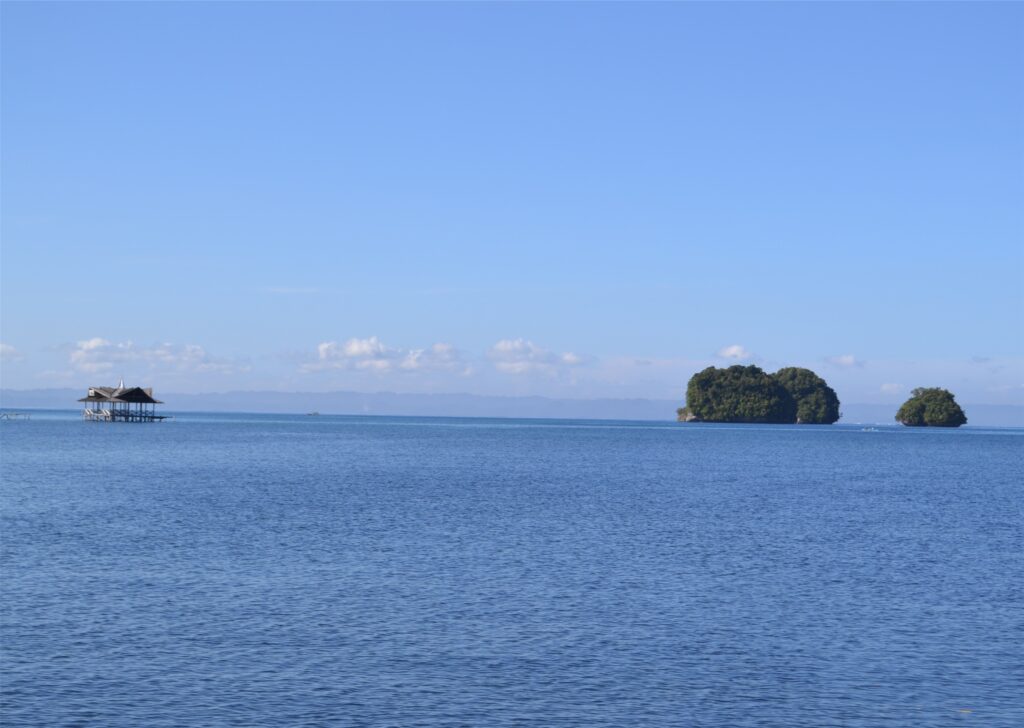
Most of these marine resources thrive in coral reefs. “Many coral reef species produce chemicals like histamines and antibiotics used in medicine and science,” reports The Nature Conservancy, an organization whose mission is to preserve plants, animals, and natural communities by protecting the lands and waters needed for their survival.
“Coral reef plants and animals are important sources of new medicines being developed to treat cancer, arthritis, human bacterial infections, heart disease, viruses, and other diseases,” says the US National Oceanic and Atmospheric Administration (NOAA). “Some coral reef organisms produce powerful chemicals to fend off attackers, and scientists continue to research the medicinal potential of these substances.”
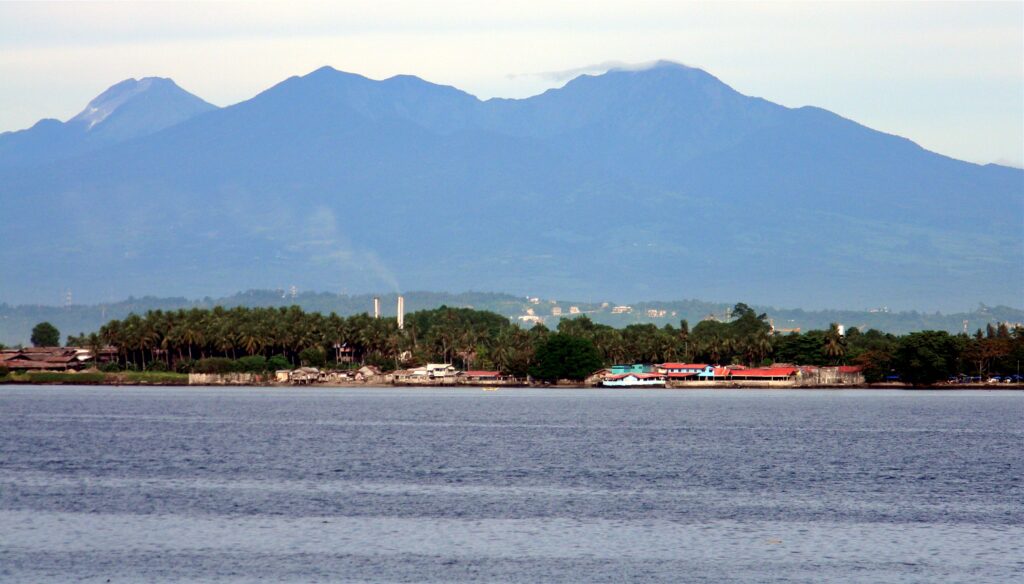
Unfortunately, the world may lose them soon as the oceans are continuously devastated by human activities. “Once thought to be so vast and resilient that no level of human assault could damage them, the oceans are now crying out for attention,” noted a report released by the Washington-based Worldwatch Institute.
“The world’s oceans are in danger, and the enormity of the challenge is bigger than one country or organization,” the World Bank said in a statement during the World Oceans Summit held in Singapore some years back.
Water world
From the objectivity of space, the earth is overwhelmingly composed of water. Land appears almost as an afterthought. “Oceans cover nearly 71% of the earth’s surface, and their deepest trenches plunge farther below sea level than Mount Everest climbs about it,” writes Peter Weber, of the Washington, D.C.-based Worldwatch Institute. “They contain 97% of the water on earth, and more than 10,000 times as much as all the world’s freshwater lakes and rivers combined.”
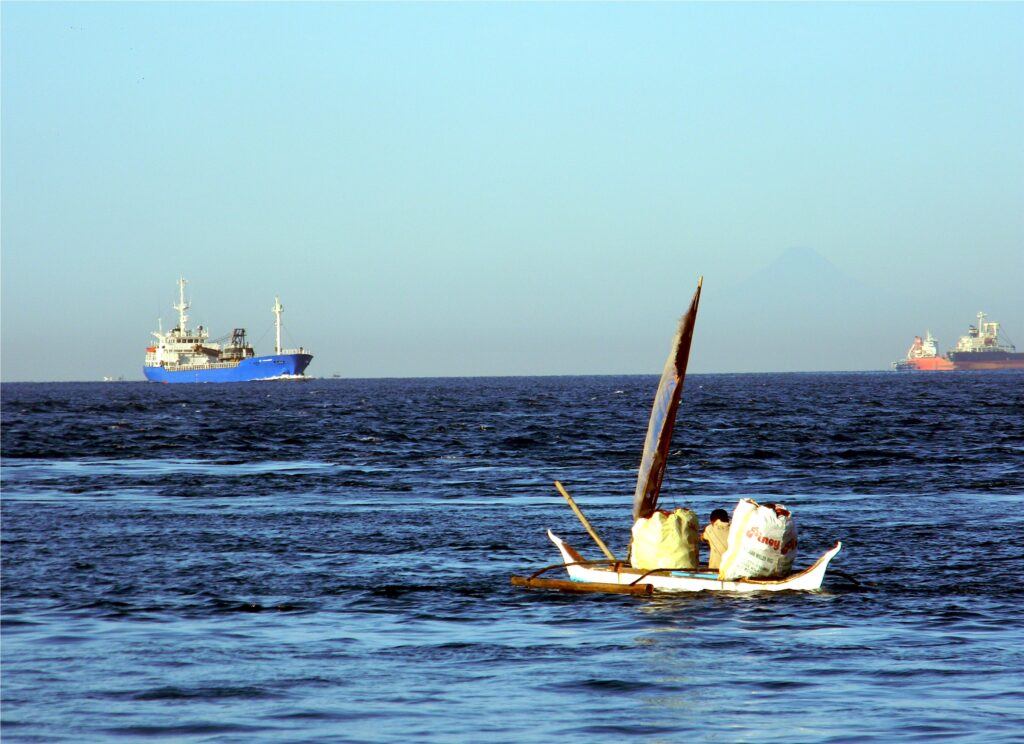
Since the dawn of life on earth, oceans have been the ecological keel of the biosphere. But their seminal contribution to the planet was life itself. Scientists believe that the very organisms were bacteria that developed in the depths of the seas some four billion years ago. These were the evolutionary forerunners of all subsequent organisms and helped create the conditions under which life, as it is now known, could evolve.
“Only around one-tenth of 115 million square miles of the seafloor has been explored and charted,” notes Donald Hinrichsen, an award-winning journalist and author of Coastal Waters of the World: Trends, Threats, and Strategies.
Some marine scientists estimated that the seafloor alone may contain up to 10 million species, the majority of them undiscovered. “But no one knows for sure,” Hinrichsen pointed out. “The ocean is our last great frontier.”
Ocean acidification
But this “last great frontier” may soon be gone, too. Thanks to the continuous emission of greenhouse gases like carbon dioxide and methane. These gases don’t only accumulate in the atmosphere, causing climate change, but they also sink into the seafloor causing the waters to acidify.
According to scientists, between 25% and 50% of the carbon dioxide emissions over the industrial period have been absorbed by the world’s oceans, thus preventing atmospheric carbon dioxide build-up from becoming worse.
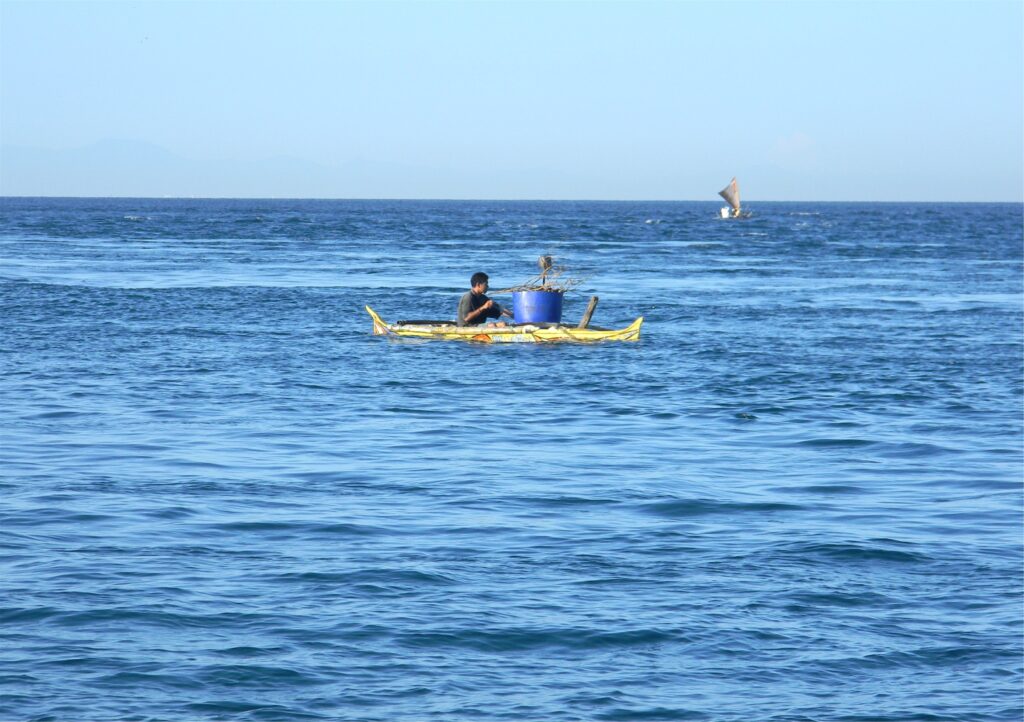
“Two hundred years ago, the amount of carbon dioxide in the ocean was around 200 ppm (parts per million). Now it is nearly 400 ppm. If people continue their business as usual, the United Nations’ Intergovernmental Panel for Climate Change (IPCC)… predicts that it will be more than 500 ppm at the end of the century,” explained Dr. Edgardo Gomez, the founding director of the University of the Philippines Marine Science Institute.
The acidification, Dr. Gomez added, maybe gradual but would happen simultaneously all over the world. He warned that it would be worse than the acidification of agricultural lands due to the use of chemical fertilizers. “Land is more manageable. With the use of organic fertilizer and chemicals, land can easily recover. But once the ocean becomes acidic, it would take millions of years to bring back their natural (state).”
According to a study that appeared in the journal Science, the current acidification may be worse than during four major mass extinctions in history when natural pulses of carbon from asteroid impacts and volcanic eruptions caused global temperatures to soar.
“We know that life during past ocean acidification events was not wiped out – new species evolved to replace those that died off,” noted Dr. Barbel Honisch, a paleoceanographer at Columbia University’s Lamont-Doherty Earth Observatory, and lead author of the study. “But if carbon emissions continue at the current pace, we may lose organisms we care about – coral reefs, oysters, salmon.”
Dr. Honisch and colleagues said the current rate of ocean acidification is at least 10 times faster than it was 56 million years ago. “The geological record suggests that the current acidification is potentially unparalleled in at least the last 300 million years of Earth history, and raises the possibility that we are entering an unknown territory of marine ecosystem change,” said co-author Dr. Andy Ridgwell of Bristol University.
As made clear by the IPCC, the ocean is taking the brunt of warming in the climate system, with direct and well-documented physical and biogeochemical consequences. The impacts which continued warming is projected to have in the decades to 2050 include the following: reduced seasonal ice zones, including the disappearance of Arctic summer sea ice by ca. 2037; increasing stratification of ocean layers, leading to oxygen depletion; and increased incidence of anoxic and hypoxic (low oxygen) events.
That’s not all. There is also some evidence that the oxygen inventory of the ocean is progressively declining. Predictions for ocean oxygen content suggest a decline of between 1% and 7% by 2100. Experts say this is occurring in two ways: the broad trend of decreasing oxygen levels in tropical oceans and areas of the North Pacific over the last 50 years; and the dramatic increase in coastal hypoxia (low oxygen) associated with eutrophication. The former is caused by climate change, the second by increased nutrient runoff from agriculture and sewage.
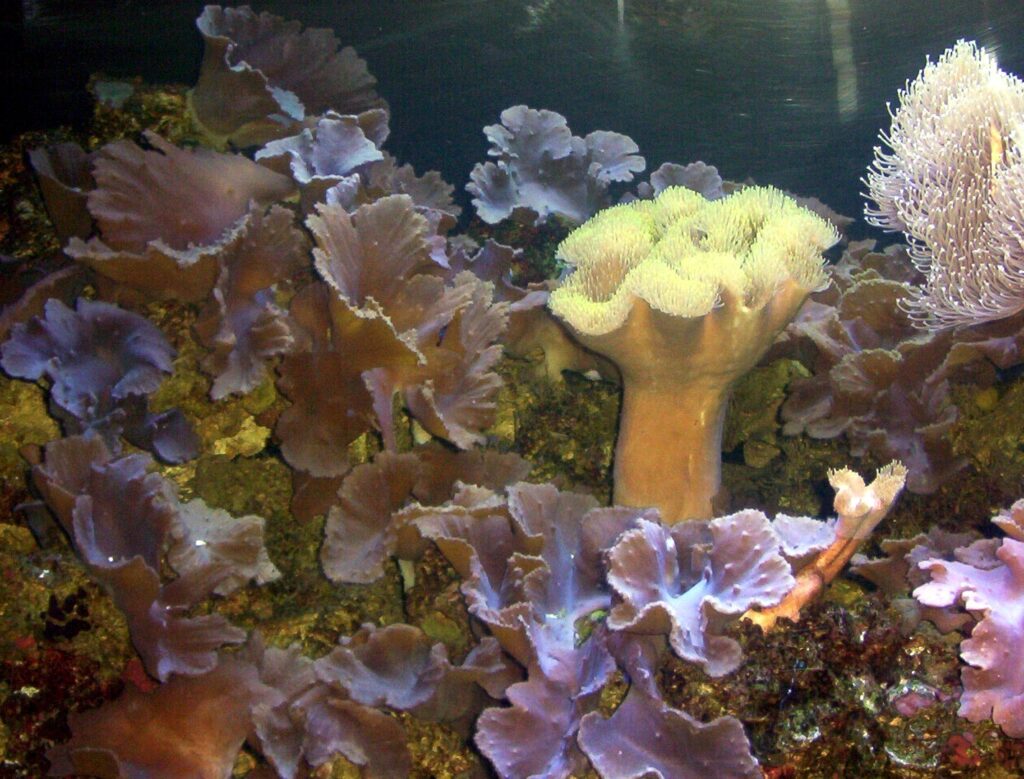
The ‘deadly trio’ of the above three stressors – acidification, warming, and deoxygenation – is seriously effecting how productive and efficient the ocean is, as temperatures, chemistry, surface stratification, nutrient and oxygen supply are all implicated, meaning that many organisms will find themselves in unsuitable environments. “These impacts will have cascading consequences for marine biology, including altered food web dynamics and the expansion of pathogens,” the IPCC said.
Garbage, oil spills and overfishing
As if those are not enough, nearly 270,000 tons of plastic, which is enough to fill more than 38,500 garbage trucks, is floating in the world’s oceans. This was based on a study done by 5 Gyres Institute, an organization that aims to reduce plastic in the oceans.
The recent finding is comparable to an earlier study done by researchers in Spain who used a different methodology. That said study estimated “there were 7,000 to 35,000 tons of plastics this size floating in the ocean.”
These plastics are likely to stay in the oceans. “Plastics persist for up to 50 years and, because they are usually buoyant, they are widely distributed by ocean currents and wind,” notes World Resources Institute.
Oil is another widespread pollutant in the oceans. In the Philippines, the sinking of a Caltex oil tanker in Limay, Bataan in 1990 comes to mind. Although it was much smaller in proportions — when compared to the 11 million gallons of oil spilled from the Exxon Superlaner Valdez in Alaska in 1989 — it gave Filipinos a preview of the potential hazards of oil spills.
“With the expected increase in shipping activity, the risks of oil spills and deliberate discharge from unscrupulous vessels are expected to grow in proportion,” observed Heherson T. Alvarez, former head of the Department of Environment and Natural Resources.
Continued overfishing is serving to further undermine the resilience of ocean systems, and contrary to some claims, despite some improvements largely in developed regions, fisheries management is still failing to halt the decline of key species and damage to the ecosystems on which marine life depends.
“For the first in this century, world marine fish catches are declining,” deplored Greenpeace, the international environmental organization. “Many of the world’s formerly productive fisheries are seriously depleted, and some have collapsed due to overfishing.”
Deteriorated marine ecosystems
In 2012, the results of the Ocean Health Index ranked the Philippines 105th out of 117 territories. As such, the country is among those having the most deteriorated marine ecosystems in the world.
The Index focuses not only on how pristine the ocean is but how it can sustainably deliver benefits for the people within its territory. It uses 50 distinct indicators such as the sustainability of methods of seafood harvesting and coastal protection.
“The Ocean Health Index is a new kind of yardstick because it measures how well our oceans can continue to deliver the needs of our growing population,” said Senator Loren Legarda, chair of the Senate Committee on Climate Change. “It recognizes people as a legitimate component of ocean health. And based on the recent results, it is clear that the health and socio-economic value of our oceans will continue to deteriorate if we do not innovate our strategies towards their conservation.”

